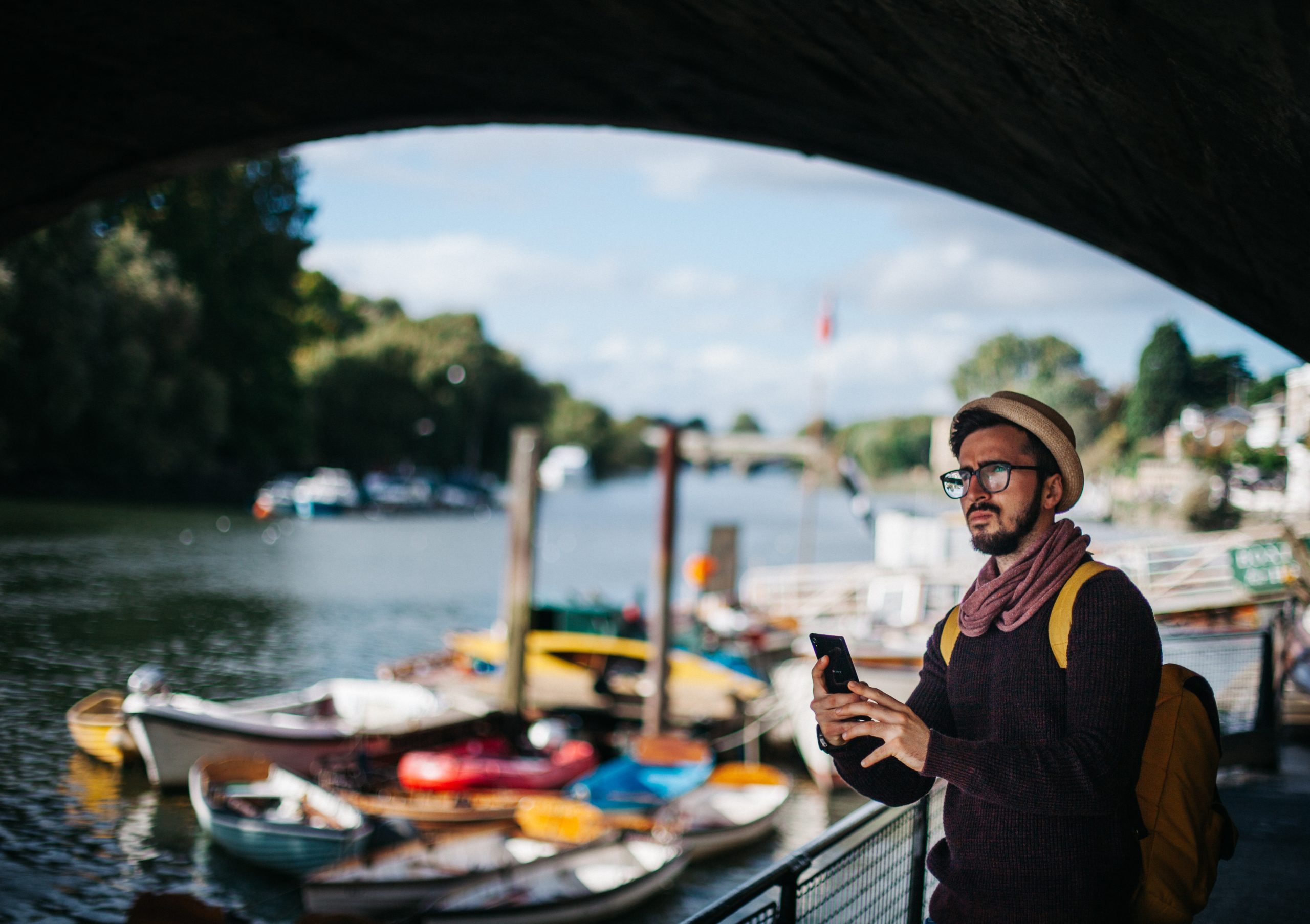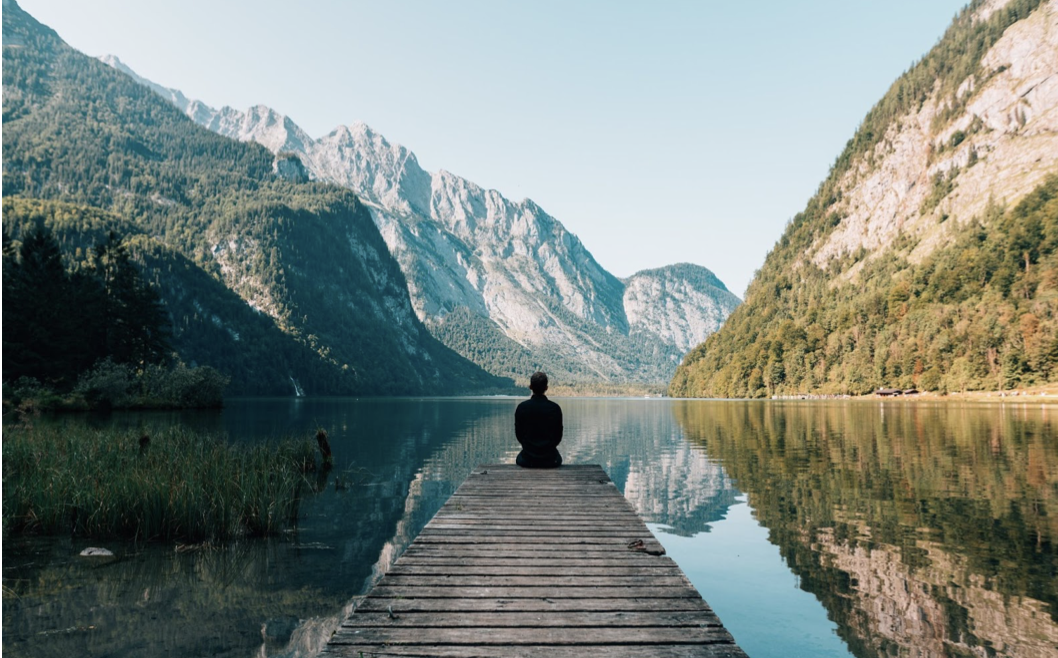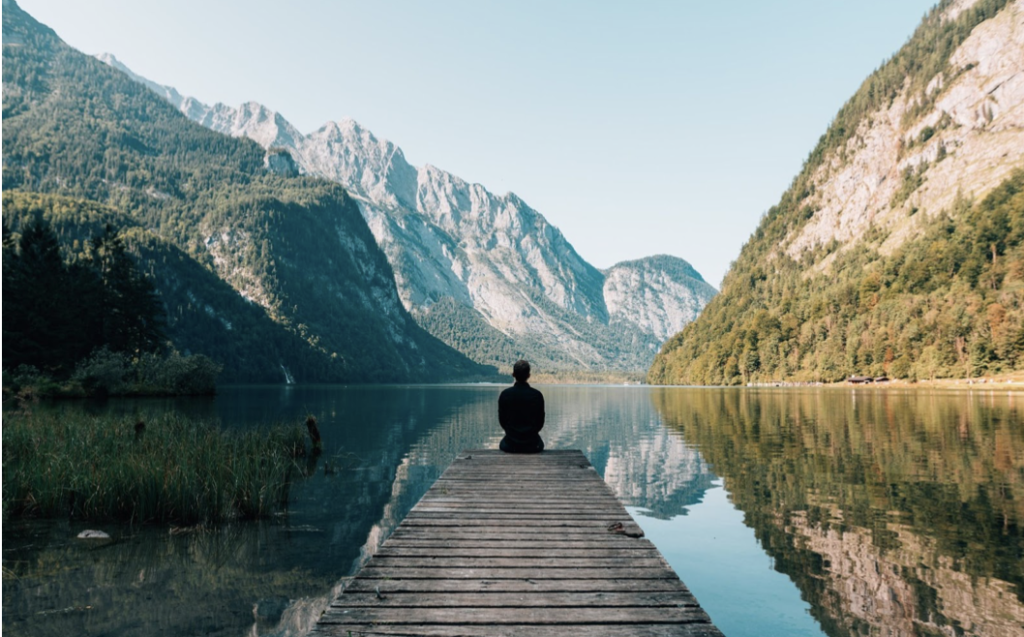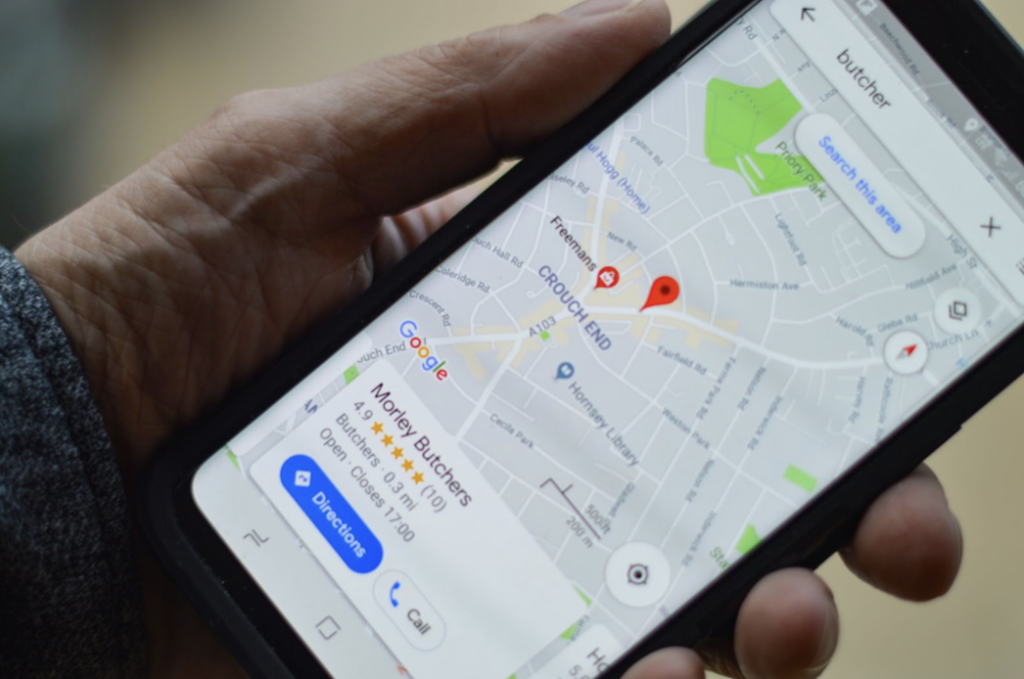As more destinations continue to open up for tourism, it is time to redefine ethical travel
After a long, chaotic year and a half of uncertainty, travelers have started to go on vacations and plan trips to get out of their home offices and enjoy something new. With domestic tourism numbers expected to reach record highs worldwide, there is a real concern about negative environmental and social impacts of tourism. The ethical travel question has never been more timely.
Exhaustion of local natural resources, water pollution, and general overconsumption are just some of the potential consequences of tourism’s renewal that destinations face. This puts extra pressure on local communities, especially in regions where resources are already scarce. Increased tourism also concerns the environment, as it affects biodiversity and various natural attributes of a destination, and at times even causes the loss of natural habitats.
Sustainable tourism and regenerative tourism practices can be the way forward for ethical travelers. These concepts aim to achieve a balance between humans, nature, and the environment, to reduce tourism’s environmental impacts and harness its economic benefits in an egalitarian way. Focusing on reducing the negative impacts of tourism and building resilient surroundings can lead to having positive impacts for the local communities, celebrating cultures, conserving natural heritage, and cherishing ecosystems.
Here are 10 travel tips of how you can contribute to the sustainable development of tourism and travel responsibly:
-
Ethical Travel Means Staying & Eating Locally
You probably go on vacations to get away from the usual surroundings and explore new destinations, cultures, people and create new memories. What better way is there than to fully immerse in a local lifestyle and travel locally?
To do that, choose locally managed accommodations and restaurants. Staying at smaller and eco friendly hotels, guesthouses, hostels, and family houses managed by the local people is an amazing way to support local economies. Another reason for choosing smaller accommodations is that emissions from big hotels are usually highest in the big resorts and luxury hotels while smaller lodgings manage to save energy and be more sustainable.
Choosing local restaurants and cafes over big chain restaurants is also a wonderful way to gain a local experience while ensuring that the money you spend goes directly to the community. This will eventually support job creation and generate income for local community members.
Solimar International is a huge advocate of responsible community-based tourism and sustainable travel. CBT practices also extend beyond the destination community. Visitor experience and community member well-being are equal parts of the sustainable development of the destination.
-
Shop Locally to Support Artisans, Artists, Farmers, and More!
The next thing you can do is go to local food markets, small clothing shops, purchase souvenirs from vendors and buy products that are produced locally. This will support the community and give you a chance to buy something unique to this place. Going to local markets is also a wonderful way to explore the culture, meet the people living in the area, and have a better sense of life in the destination.
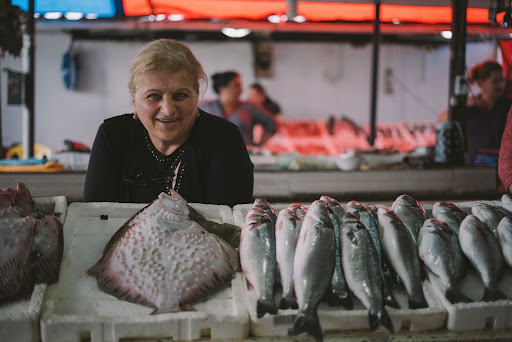
Copyright: Tbel Abuselidze
-
Choose ‘Slow Travel’
There are only so many times travelers go to the same destinations, so people try to pack as many things in the itinerary as possible. This usually results in rushing from one place to another, aiming to simply tick off boxes on the bucket list. This is unethical travel.
Instead, what you might do is slow down and experience the destination, opting for one longer vacation instead of taking multiple shorter trips. Immerse yourself in the destination, enjoy the green spaces, take your time with culture and community, build deeper connections, and explore the destination’s uniqueness. This will reduce the pressure from top tourist attractions, help the local economy, benefit small businesses and help reduce your carbon footprint (especially regarding air travel!). Ethical travel is synonymous with slow travel.
-
Participate in Local Activities and Festivals to Engage with the Local Community
There is no better way for an ethical traveler to explore a destination than to spend time with the local community. This helps you understand the culture, traditions, and history on the deepest level while also helping support the local economy and development. Join local cooking classes, buy locally produced hand-crafted souvenirs, attend local festivals, spend the day with people, stroll around the cities, and check out small coffee houses and lesser-known museums. Trust us, you will be amazed by such a travel experience!
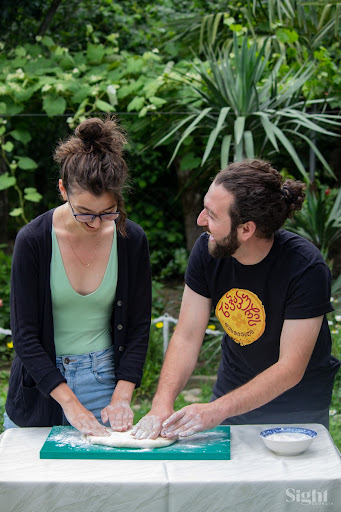
-
Opt-in to Reusing Hotel Towels and Sheets
More and more hotels try to lessen their carbon footprint by integrating more sustainable ways into their business processes through utilizing clean energy, introducing food waste management systems, recycling, and building local supply chains. However, water and energy use is still quite significant.
As a traveler, you can save energy and resources like water and electricity by passing on daily washing of sheets and towels. You can also save some energy by turning off the lights, TV, and other electronics when not needed, turning off the AC when leaving the hotel room, and taking shorter showers.
-
Be considerate about your food and water consumption
Some destinations suffer from scarce resources more than others. This is why it is so important to be mindful of your food and water consumption during your travels.
Large resorts in developing countries habitually use enormous amounts of water and food to satisfy the needs of their guests. This creates a shortage for the local community, as well as increased prices on the materials. For example, one average golf course in a tropical country uses around the same amount of water as 60,000 rural villagers. Terrible, right?
Additionally, try to keep food and water from being wasted. Food production from the farm to the table requires huge energy and contributes to your carbon footprint. It is said that food production is responsible for around one-quarter of the carbon emissions in the world. When this food is wasted, all the efforts and negative impacts on our environment are lost for nothing and create further problems for landfills. Fresh water and food are scarce resources – being aware of our consumption can help foster a more sustainable world.
-
Eat less (red) meat
Evidence shows that moving towards a more plant-based diet is healthier. The water footprint, water pollution, water scarcity, and GHG emissions are all the results of livestock production. Agriculture overexploits resources that result in loss of biodiversity and natural habitat, and is a significant contributor to climate change.
Choosing to switch to a more plant-based diet, sustainably caught fish, and non-red meat can be a far better option. It can also give you a chance to taste different varieties of meat, unique vegetarian or vegan alternatives, and enjoy your environmentally-friendly meal during your travels.
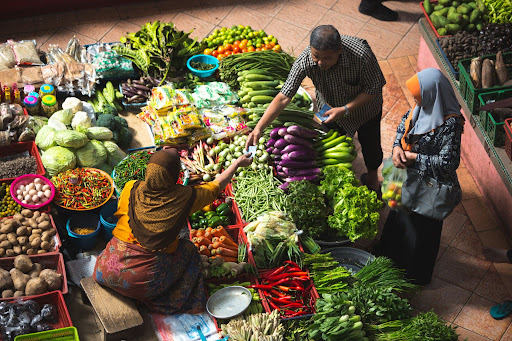
Copyright: Alex Hudson
-
Say No to Plastic
It is common knowledge that plastic use is damaging our environment and harming the earth. More and more people are switching to alternatives and reducing plastic use in their everyday lives. However, while traveling many of us forget about our habits, and switch to ‘one-time’ mindsets. The plastic used during travel is as harmful for our surroundings as it is used at home.
The tourism industry generates a huge amount of single-use plastics which is a problem not only for the environment, but also for local disposal systems as well. Plastic bottles are one of the most common plastic items tourists tend to use frequently. So, the next time you pack, remember to take a reusable water bottle with you, a tote bag, reusable cups, and maybe even a metal straw.

Copyright: Bluewater Sweden
-
Separate Your Trash and Recycle Where Possible
Tourists can be responsible for twice as much solid waste per capita as residents. This puts an impossibly huge burden on local waste management systems which were initially not built for such a capacity. As a consequence, landfills and sewage plants start to overflow.
Additionally, improper disposal of trash is causing problems with recycling. All this makes the destinations less attractive and the areas too polluted for residents to live in a healthy environment. Being cautious about the trash you produce during your travel and always opting for recycling can help ease the waste management process for the local communities.
-
Fly less, walk, and bike instead of driving
Most of the time flying is to blame for the huge amount of carbon emissions and is one of the biggest polluters in the tourism industry. Airline companies all over the world are trying to develop more sustainable ways of flying, but progress is slow. Choosing a near-to-home location to travel to or your own country itself are sustainable alternatives to traveling. Use a train, bike, or electric car to move around and decrease your carbon footprint. Decreasing your carbon footprint is critical for ethical travel.
Responsible travelers can switch to walking or biking in destinations. This gives you a chance to experience the locale at a better pace, meet new people and enjoy the journey in general. And if you’re worried about the weather, you can always go for public transport – just bring your raincoat and continue your adventures. This will eventually lead you to discover small shops, new places, and areas you would have never reached otherwise.
Enjoy your fall vacations – leave no trace, and don’t forget to take care of the environment and people around you! Follow these steps and be well on your way towards ethical travel.
